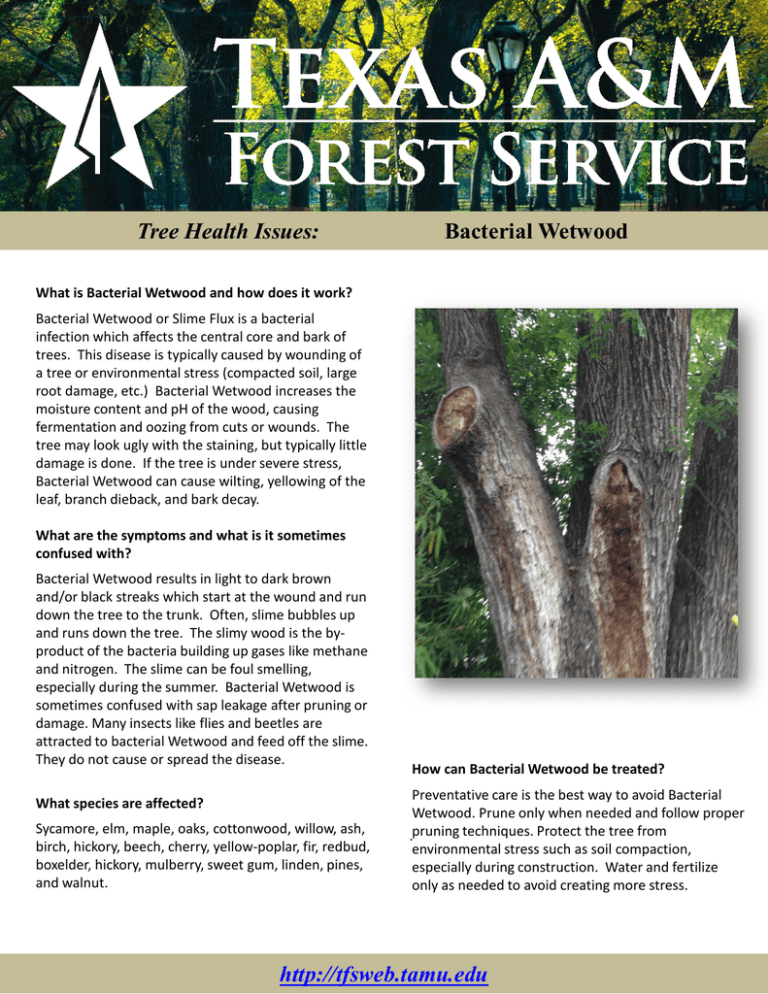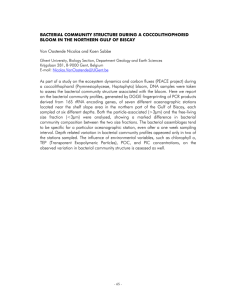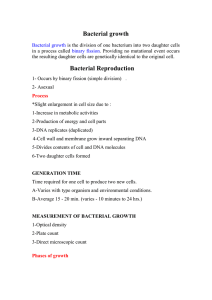Tree Health Issues:
advertisement

Tree Health Issues: Bacterial Wetwood What is Bacterial Wetwood and how does it work? Bacterial Wetwood or Slime Flux is a bacterial infection which affects the central core and bark of trees. This disease is typically caused by wounding of a tree or environmental stress (compacted soil, large root damage, etc.) Bacterial Wetwood increases the moisture content and pH of the wood, causing fermentation and oozing from cuts or wounds. The tree may look ugly with the staining, but typically little damage is done. If the tree is under severe stress, Bacterial Wetwood can cause wilting, yellowing of the leaf, branch dieback, and bark decay. What are the symptoms and what is it sometimes confused with? Bacterial Wetwood results in light to dark brown and/or black streaks which start at the wound and run down the tree to the trunk. Often, slime bubbles up and runs down the tree. The slimy wood is the byproduct of the bacteria building up gases like methane and nitrogen. The slime can be foul smelling, especially during the summer. Bacterial Wetwood is sometimes confused with sap leakage after pruning or damage. Many insects like flies and beetles are attracted to bacterial Wetwood and feed off the slime. They do not cause or spread the disease. What species are affected? Sycamore, elm, maple, oaks, cottonwood, willow, ash, birch, hickory, beech, cherry, yellow-poplar, fir, redbud, boxelder, hickory, mulberry, sweet gum, linden, pines, and walnut. How can Bacterial Wetwood be treated? Preventative care is the best way to avoid Bacterial Wetwood. Prune only when needed and follow proper .pruning techniques. Protect the tree from environmental stress such as soil compaction, especially during construction. Water and fertilize only as needed to avoid creating more stress. http://tfsweb.tamu.edu








